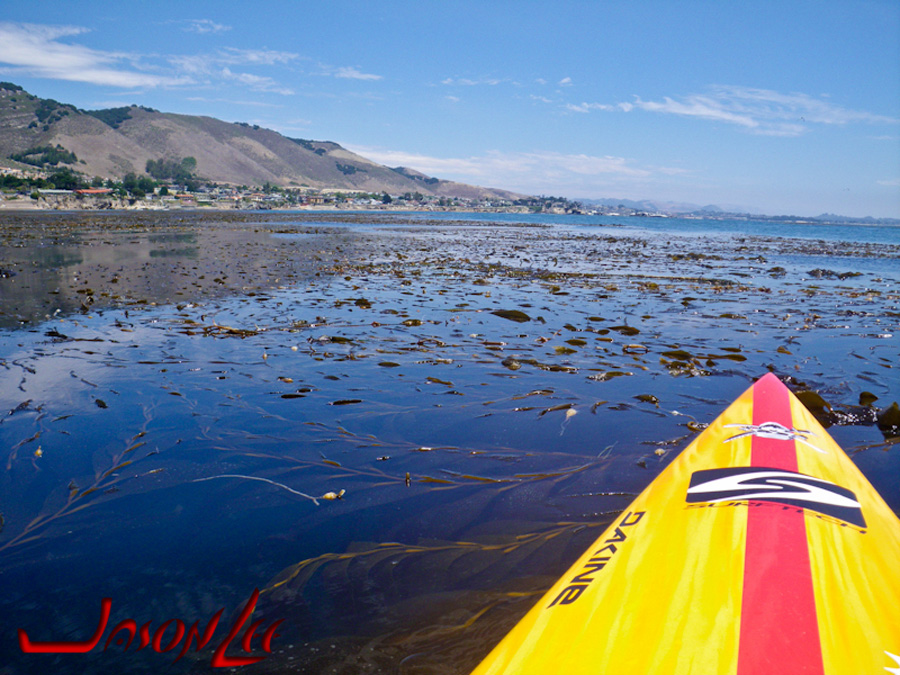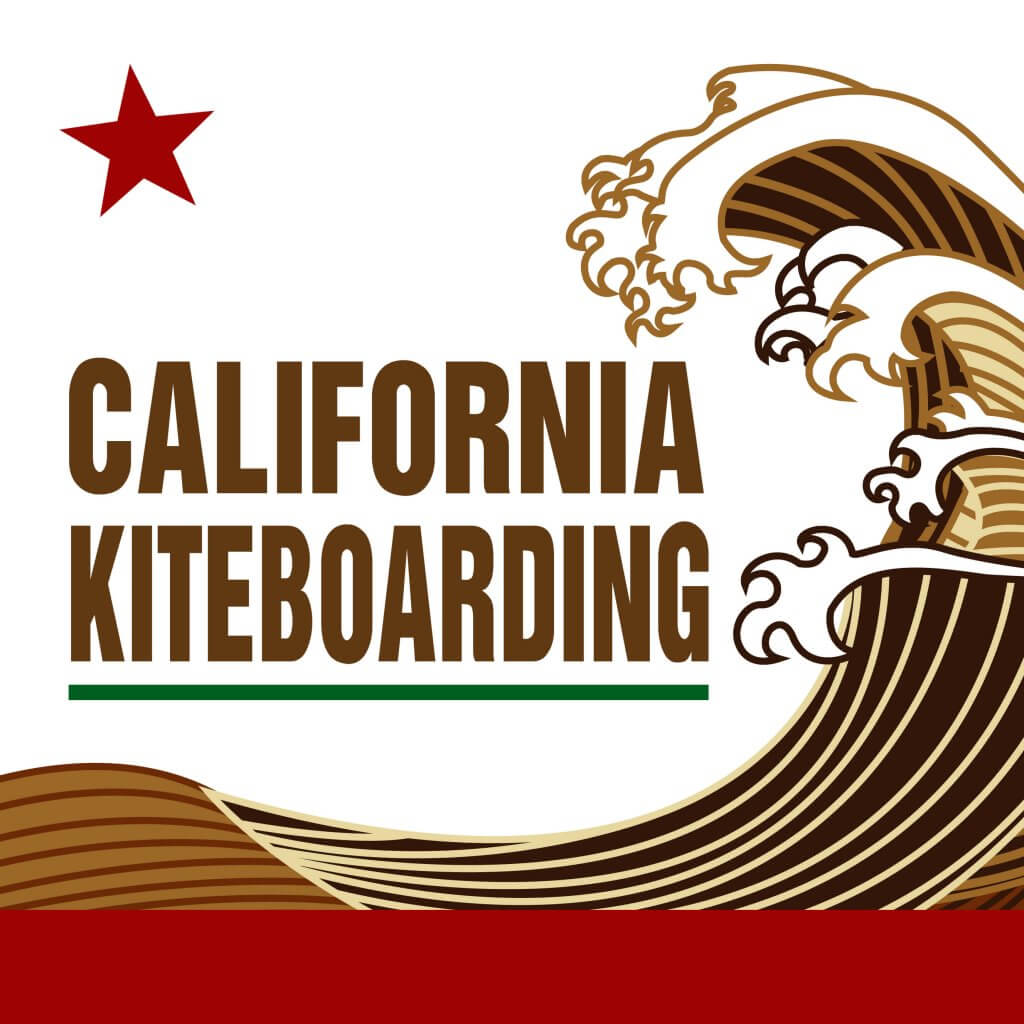No products in the cart.
SUP News
SUP Mission: Bark Dominator has Jason Lee ahead of riders
 California Kiteboarding set out for a 10.5 mile stand up paddle mission, which had various destinations with beautiful scenery. The riders started from Eldwayen Ocean Park in Shell Beach, to Cal Poly Pier, to Avila Jetty, then back to Shell. The riders on this mission were Victor Sellinger, Jason Lee, and Jeff Glenn. Lee ended up paddling more than 10.5 miles, since he was riding the Bark Dominator and didn’t want to leave his friends in the dust. At each waypoint Lee would head back to his friends to take some pictures and encouraged them to get a paddleboard designed for long distances. It was a perfect day for a stand up paddle mission. The water temperature was relatively warm (about 62 degrees) with glass conditions and a slight cloud cover to prevent overheating. There was a small amount of chop, but the thick kelp forest outside of Shell Beach kept the conditions very glassy. According to Moss Landing Marine Laboratories, kelp forests are underwater areas with a high population of kelp. They can grow from 2 m to 30 m in size. Kelp forests in Central California can provide a habitat for marine organisms and can influence coastal oceanographic patterns. But, the size of forest kelps have changed over time. According to the Science Daily, a new study shows that California's ancient kelp forests have shrank over 70% from 7,500 years ago. Some reasons for the change in size comes from human factors such as fishing and sea urchins who graze along Central California. Author of "Ecology of Kelp Communities", Paul K. Datton, explains that one solution for the diminishment of kelp forests would be the implementation of more marine protected area's (MPA's) because it has been known to, "limit the impact of fishing."
California Kiteboarding set out for a 10.5 mile stand up paddle mission, which had various destinations with beautiful scenery. The riders started from Eldwayen Ocean Park in Shell Beach, to Cal Poly Pier, to Avila Jetty, then back to Shell. The riders on this mission were Victor Sellinger, Jason Lee, and Jeff Glenn. Lee ended up paddling more than 10.5 miles, since he was riding the Bark Dominator and didn’t want to leave his friends in the dust. At each waypoint Lee would head back to his friends to take some pictures and encouraged them to get a paddleboard designed for long distances. It was a perfect day for a stand up paddle mission. The water temperature was relatively warm (about 62 degrees) with glass conditions and a slight cloud cover to prevent overheating. There was a small amount of chop, but the thick kelp forest outside of Shell Beach kept the conditions very glassy. According to Moss Landing Marine Laboratories, kelp forests are underwater areas with a high population of kelp. They can grow from 2 m to 30 m in size. Kelp forests in Central California can provide a habitat for marine organisms and can influence coastal oceanographic patterns. But, the size of forest kelps have changed over time. According to the Science Daily, a new study shows that California's ancient kelp forests have shrank over 70% from 7,500 years ago. Some reasons for the change in size comes from human factors such as fishing and sea urchins who graze along Central California. Author of "Ecology of Kelp Communities", Paul K. Datton, explains that one solution for the diminishment of kelp forests would be the implementation of more marine protected area's (MPA's) because it has been known to, "limit the impact of fishing."
After the riders observed the kelp forests and were grateful for the glassy conditions, they embarked on their return trip. The return trip was perfectly timed with the set of onshore winds. While on the return trip the riders saw a group of otters, harbor seals, and kelp crab. According to the Tide Pool Field Guide, kelp crab is 12 cm wide and is found in the mid-tide zone with seaweed. They are known to have very powerful claws that are utilized for grasping. The Cal Poly Pier in Avila is one reason the SUP riders were able to view marvelous looking plants and wildlife. The Center for Coastal Marine Sciences explains that the Cal Poly Pier was a donation from the Union Oil Company of California (UNOCAL), to improve the research of marine environments. Cal Poly State University received $500,000 to run and maintain the only steel pier in the nation. The purpose of the pier is stated in Cal Poly's mission statement on their website polyland.calpoly.edu.
Mission Statement: "To promote and facilitate basic and applied interdisciplinary studies of coastal marine systems for the purpose of addressing environmental concerns and fostering hands-on student learning through discovery and outreach.
The Cal Poly Pier provides many research opportunities to professors and students. There are a variety of plants and wildlife that surrond the Cal Poly Pier. For example, California sea lions, California sea otters, Ochre Sea Stars, bony fishes, giant kelp, harbor seals, invertebrates, and local bird species are the many flora and fauna encompassing the pier.
After gazing at the flora and fauna the riders hit the last leg of their trip. During the last leg they were followed by a group of trolling fisherman, which gave them some comfort since the shore was at least a mile away. Unfortunately, they were downwind of the fisherman's motor and the nauseating smell of gasoline hit them. Luckily, they changed course and were left with the crisp, clean ocean air.
